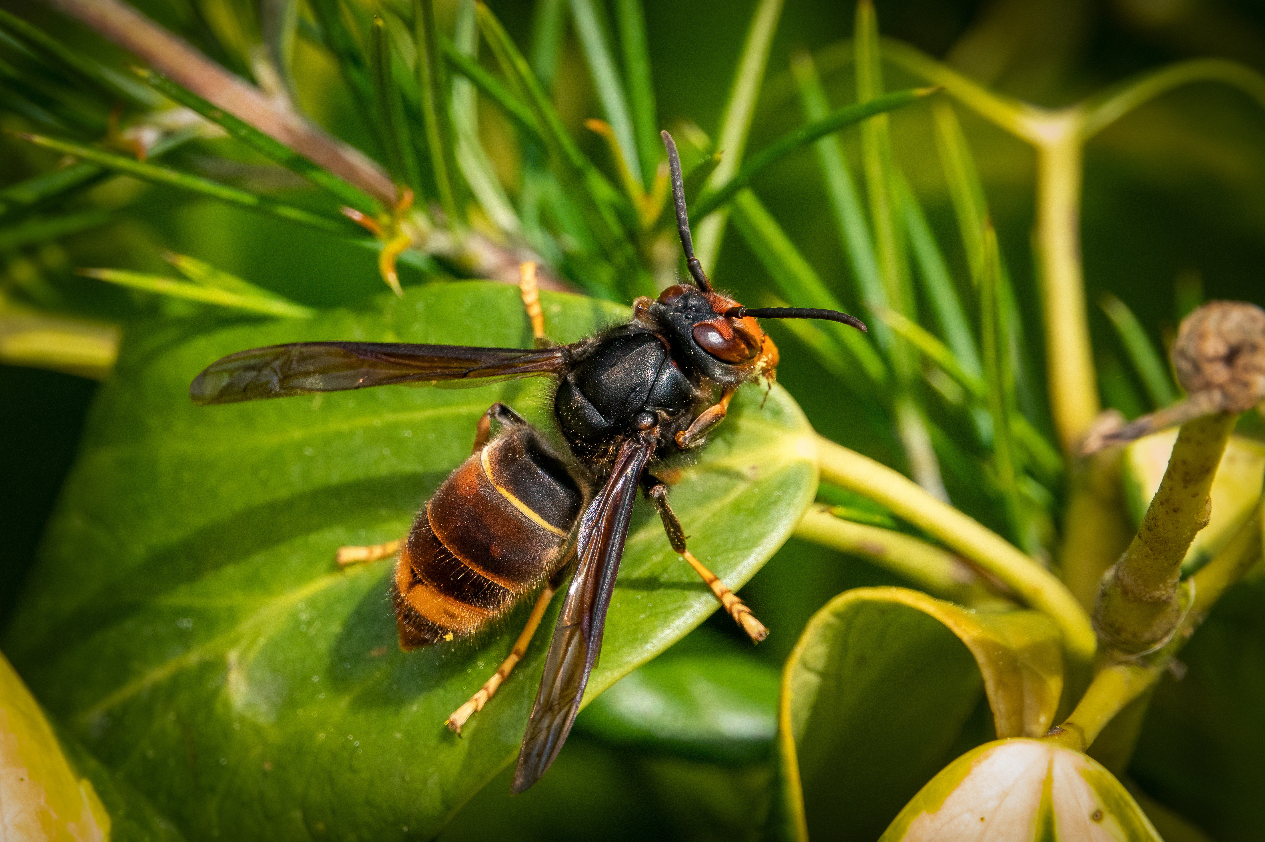- Home
- Swarm Advice
A swarm of bees will usually arrive as a “cloud of bees” with a loud buzzing and will settle “as a ball” on a tree, post or wall. Once a swarm settles although there will be bees flying to and from the swarm they will generally remain as a ball for a number of hours.
A swarm of bees will usually arrive as a “cloud of bees” with a loud buzzing and will settle “as a ball” on a tree, post or wall. Once a swarm settles although there will be bees flying to and from the swarm they will generally remain as a ball for a number of hours. Once honeybees have set up home, they are a colony and no longer a swarm.
This maybe in a cavity wall, chimney or eaves. It is highly unlikely that an established colony can be tempted to leave its new home, and the task is often beyond that of Kennet Beekeepers and you will need to contact an insured removal / pest control service for this.
If it is possible to physically get into the space that the bees are occupying it MAY be possible to remove the comb and relocate the colony. If this is not possible, the bees will need to be destroyed. In either case you will need to contact an insured removal / pest control service for this.
Kennet Beekeepers you can contact for Honey Bee Swarms, which have clustered outside and NOT within building walls, chimneys, eaves are on the map below.
| Name | Area Covered | Telephone | Mobile |
|---|---|---|---|
| Mark F | SN9 6 | 07941 018 594 | |
| Claire P | SN9 6 | 07801 545 649 | |
| Robert C | SN9 5 | 01672 852 265 | 07956 222 596 |
| Jeremy A | SN9 5 | 01672 564 724 | 07879 778 843 |
| Ian P | SN9 5 | 01672 289012 | 07990 756 989 |
| Magnus T | SN8 4 | 7885465916 | |
| Edward N | SN8 3 | 07826 223 195 | |
| Martin P | SN8 3 | 01672 512 660 | 07799 472 084 |
| Martin G | SN8 2 | 01672 516617 | 07850 859 824 |
| Claire A | SN8 2 | 07976 605 798 | |
| John H | SN8 1 | 01672 512 702 | 07595 265 802 |
| Richard P | SN4 0 | 07971 563 360 | |
| Peter S | SN15 4 | 01249 892 137 | 07848 150 326 |
| Bob L | SN15 4 | 01249 740 740 | |
| Rachael B | SN15 4 | 01249 892 289 | 07767 895 244 |
| Barney S | SN15 3 | 01249 740774 | 07595 363 585 |
| Sophie B | SN15 3 | 07711 951343 | |
| Samuel C | SN15 2 | 7889787002 | |
| Emma M | SN13 9 | 07971 576 995 | |
| Richard R | SN13 9 | 01249 714213 | 07736 383 612 |
| Jeremy P | SN11 8 | 01249 736 597 | 07799 698 568 |
| Paul B | SN10 5 | 07966 150 603 | |
| Stephen W | SN10 3 | 01380 860 660 | 0777 6133990 |
| Stephen D | SN10 3 | 07454 776897 | |
| David B | SN10 2 | 01380 722 406 | 07708 467 995 |
| Ray J | SN10 1 | 01380 827010 | 07748 532 454 |
If you have any questions regarding a possible swarm or can not reach someone within the area the swarm is located then please contact our swarm co-ordinator, Paul B, on swarms@kennet-beekeepers.co.uk or 07966 150 603.
If you are outside this area, but within Wiltshire please refer to the Wiltshire Beekeepers Association.
For outside Wiltshire the British Beekeepers Association has a search facility.
If you have honey bees within a building i.e. within chimney, walls, eaves, then this is NOT a free removal service provided by Kennet Beekeepers Association. We do however have a number of beekeepers who would be willing to carry out the removal for an agreed fee. This is not an arrangement between yourself and Kennet Beekeepers Association and is strictly between you and the beekeeper.
We strongly advise you to agree the cost upfront and to discuss what state the property will be in, along with what remedial work will be required once the bees have been removed.
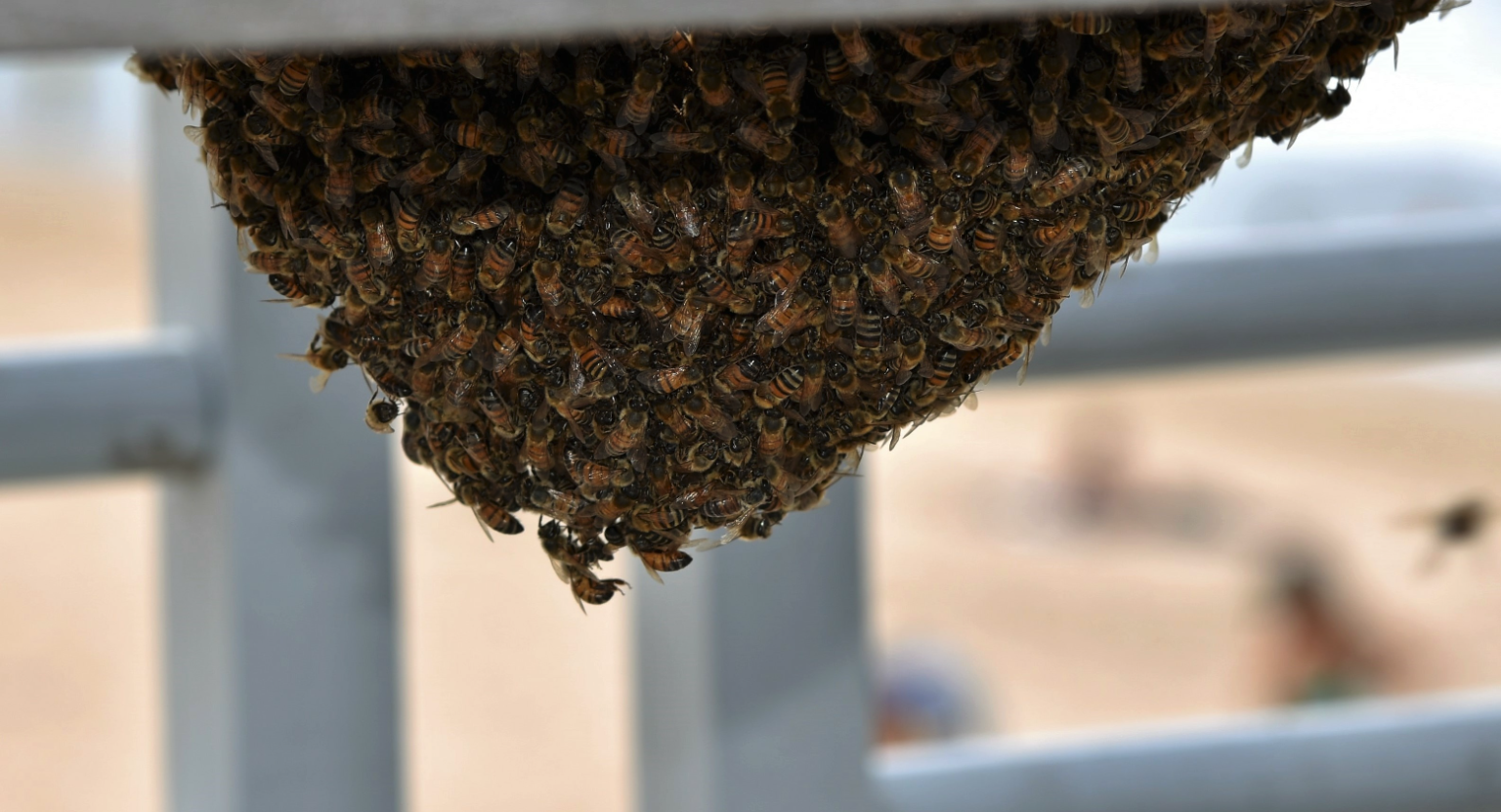
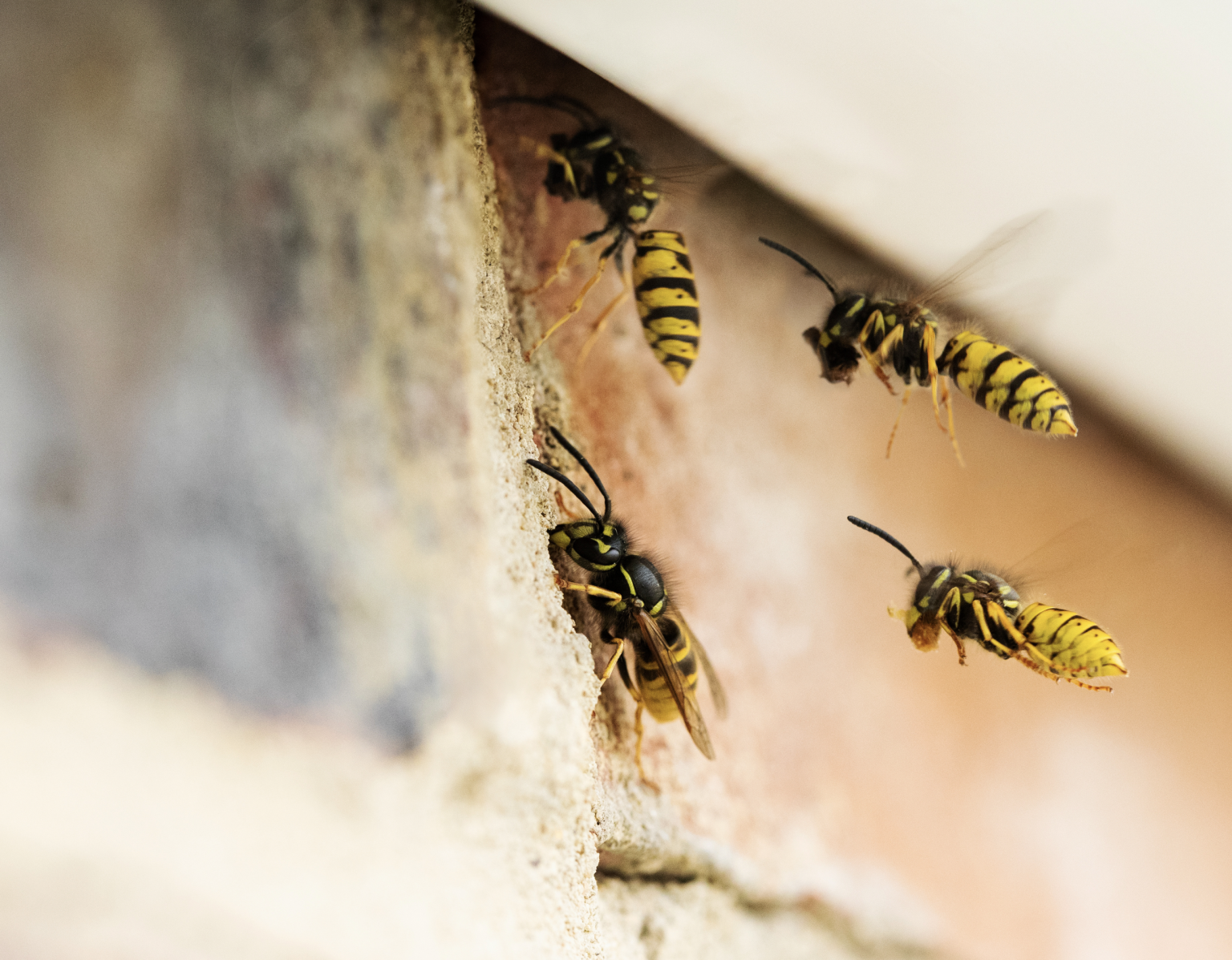
If you have a problem with wasps, we suggest you:
There are more than 30 types of British bumblebees. Although able to sting, they are generally harmless unless they feel threatened. Their nests generally do not contain large numbers of bees (unlike wasps or honey bees). If you have a bumblebee nest in your garden or house, unless it is somewhere that conflicts with children or pets, with British bumble bees in decline, you should consider leaving it alone. They will die out naturally at the end of the summer and generally bumble nests are not re-used.
For more information:
If you consider it must be destroyed, then you need a Pest Controller.
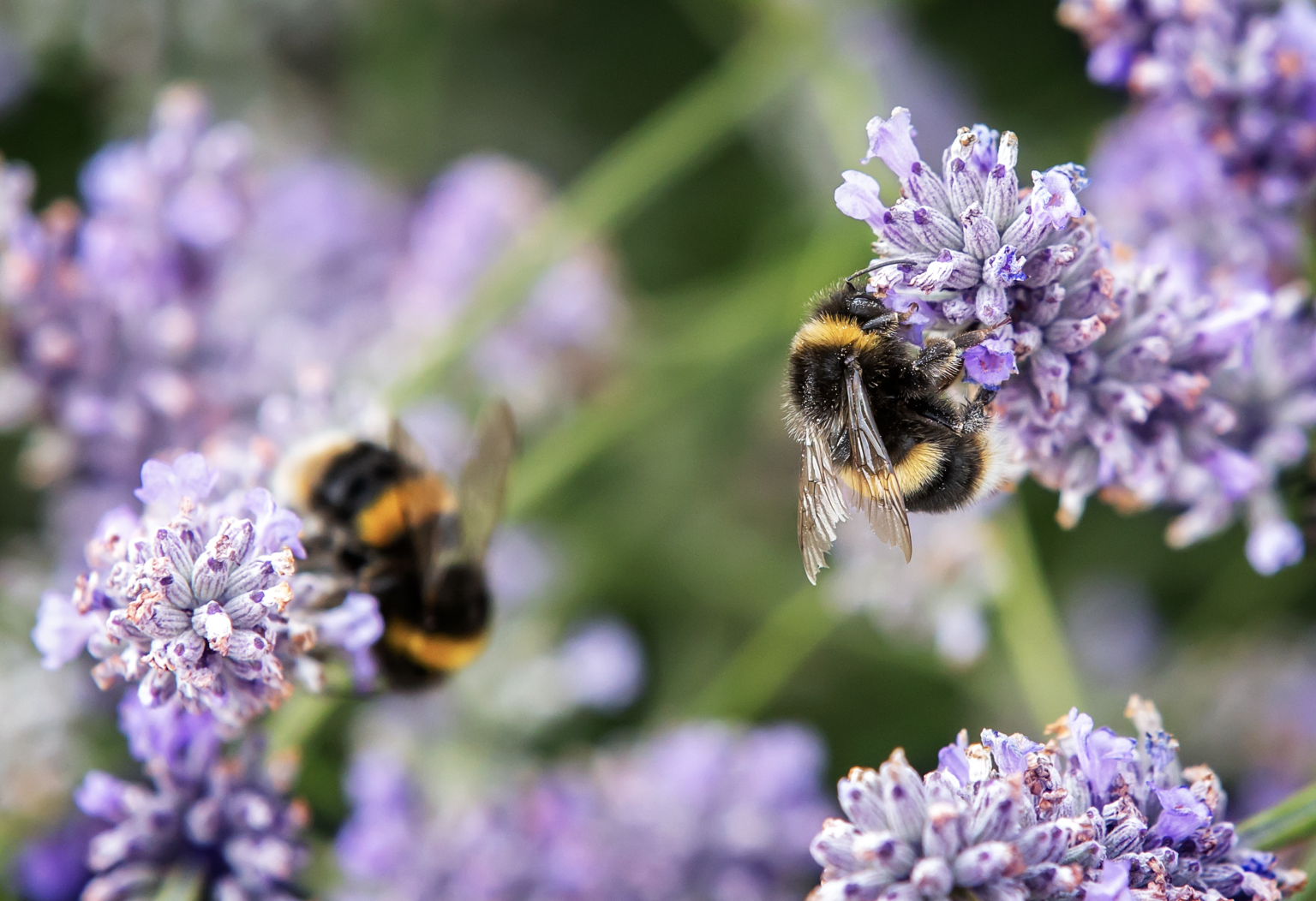
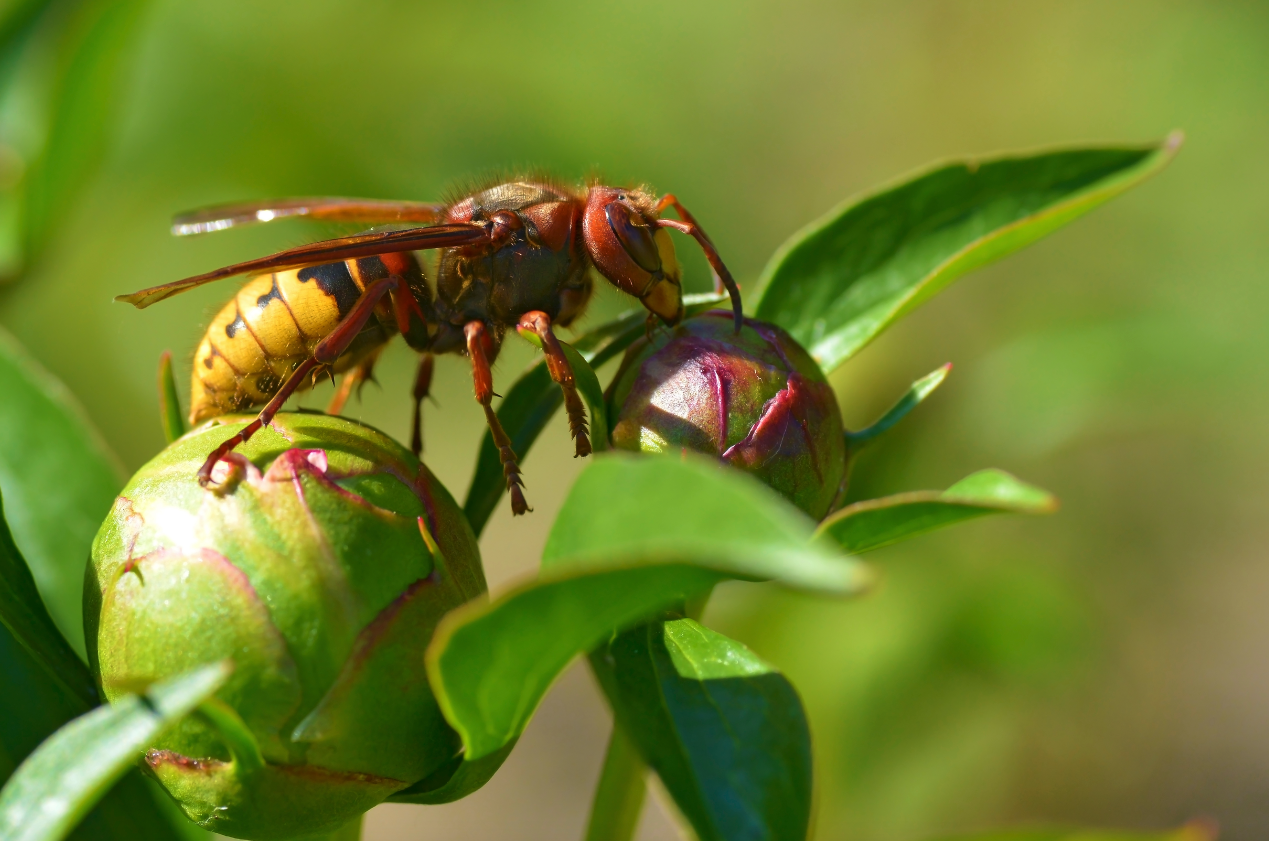
European Hornets are a native hornet. It is Britain’s largest wasp species and is predominantly yellow-orange and brown in coloration. It nests in cavities in old trees and in outbuildings. Typical habitat is old mature woodland and wood pasture. The hornet is generally secretive and docile in habit.
Asian Hornets are an invasive species.
Introduced to France in 2004 where it has spread rapidly. In 2016 the first UK sighting was confirmed in Tetbury, Gloucestershire. A nest has since been located and destroyed. Any further sightings need to be reported quickly (details below). High possibility of introduction through, for example, soil associated with imported plants, cut flowers, fruit, garden items (furniture, plant pots), freight containers, or in/on untreated timber. The possibility that it could fly across the Channel has not been ruled out. A highly aggressive predator of native insects. Poses a significant threat to honey bees and other pollinators.
